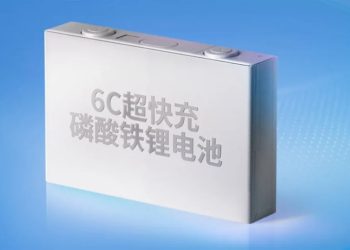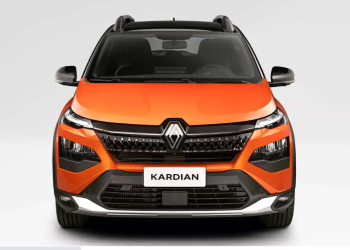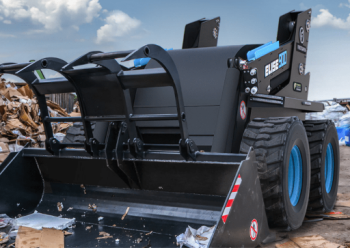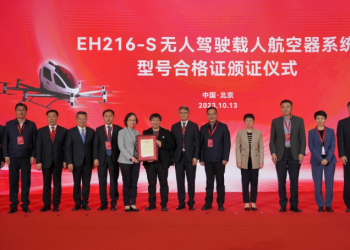OXIS Energy announced that it will deploy solid-state lithium sulfur (Li-S) battery cells and systems to its customers and partners around the world by fall 2021 for use in testing.
The tests include demonstrations for the aviation, marine, defense and heavy electric vehicles (HEV) sectors.
Notably, OXIS has been collaborating with European manufacturers in the development of solid-state Li-S technology for almost four years.
The first generation near-solid-state Li-S cell of 450 Watt-hours per kilogram (Wh / kg) of specific energy with an energy density of 550 Watt-hours per lithium (Wh / L) will be delivered in the summer of 2022 and the goal of delivering More powerful versions of 550 Wh / kg and 700 Wh / L have already been set for fall 2023.
It may also interest you: The scientific innovation that will give drivers an “X-ray” vision
“OXIS Li-S cell technology is inherently safer than Li-ion, as sulfur acts as a passivation of the lithium metal. OXIS has perfected mechanisms whereby greater levels of safety and longevity are achieved as we move towards roll-out of Quasi Solid-State Li-S in 2021/2022. In 2020, OXIS successfully powered an all-electric US aircraft, meeting client and Federal Aviation Authority requirements,” said OXIS Energy CEO Huw Hampson Jones.
Likewise, he explained that OXIS Energy customers have been immediately informed that all their programs will be with Li-S cell technology, the British company being based on the base of its buyers, the majority in the United States.
“We know that aircraft manufacturers welcome the move from conventional to Solid-State Li-S,” he added.
Reaching Asia
Similarly, the above key performance indicators have been commercially agreed between OXIS and Sanyo Trading Company Ltd of Japan to meet customer requirements for the Japanese market and their cell capacity will range between 10 and 20 Ah.
Written by | Gabriel Sayago











